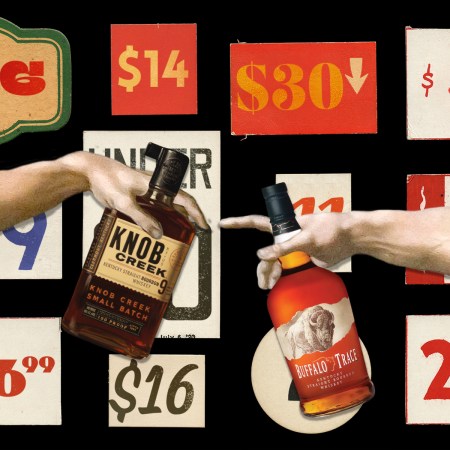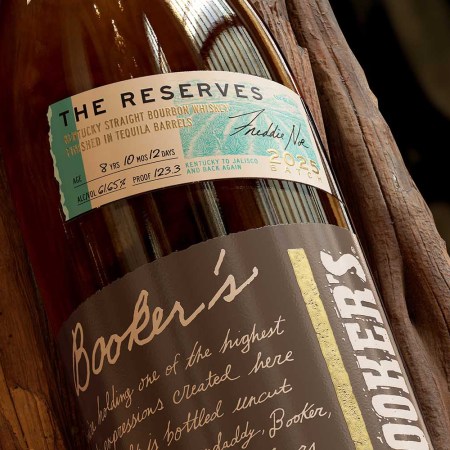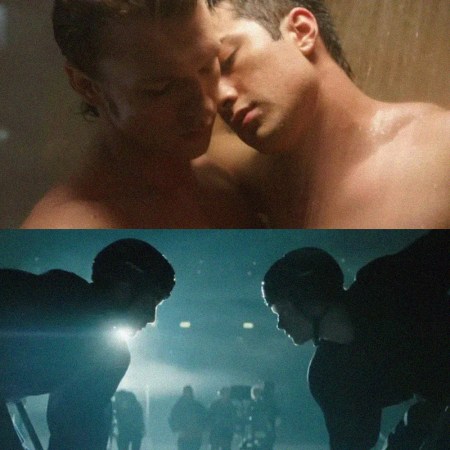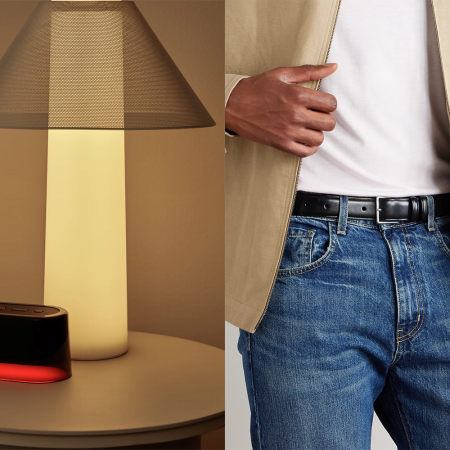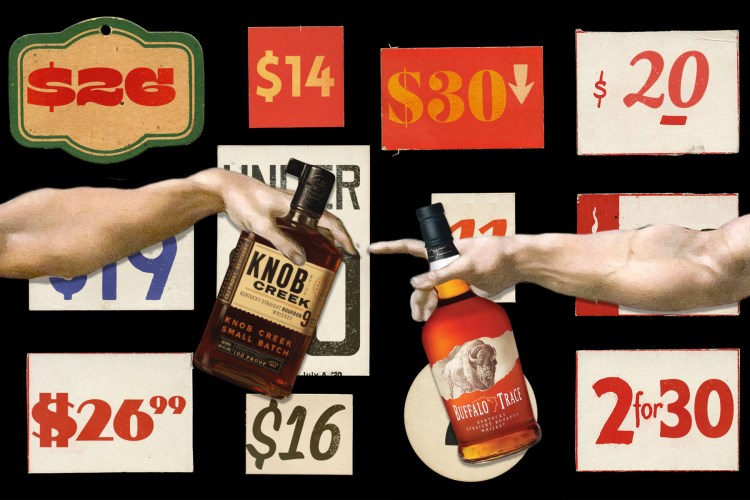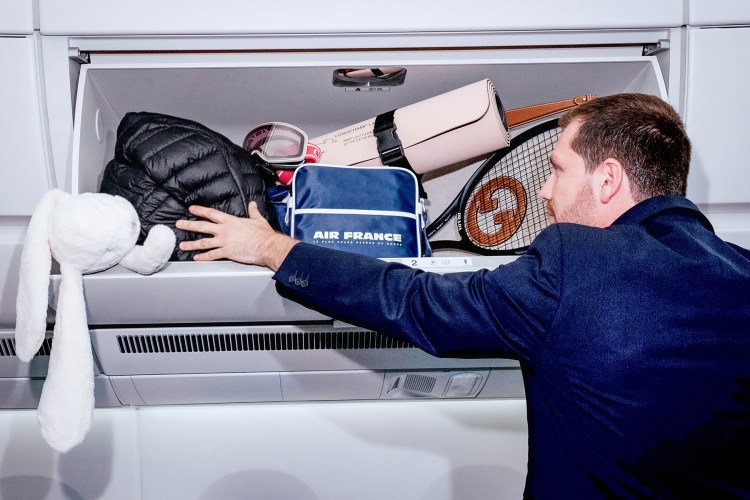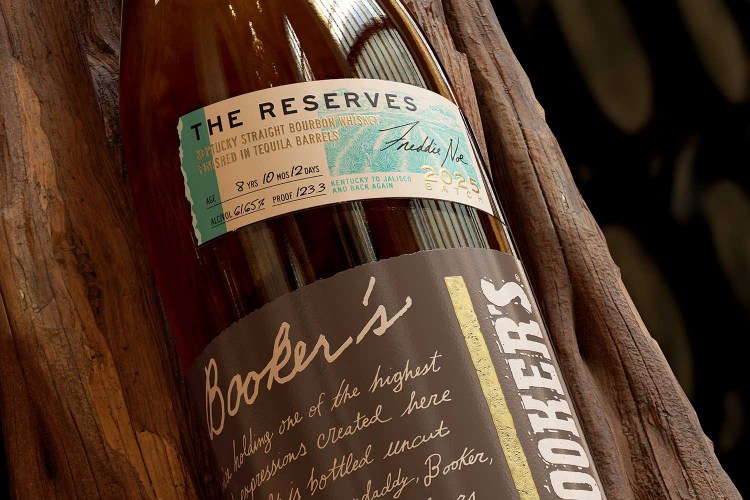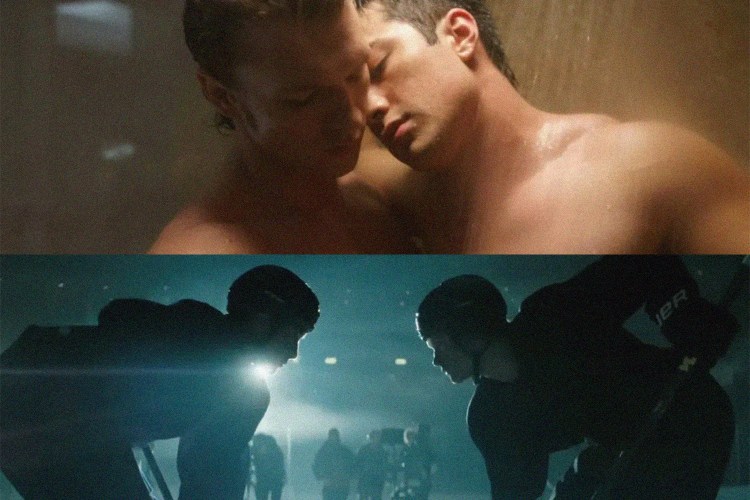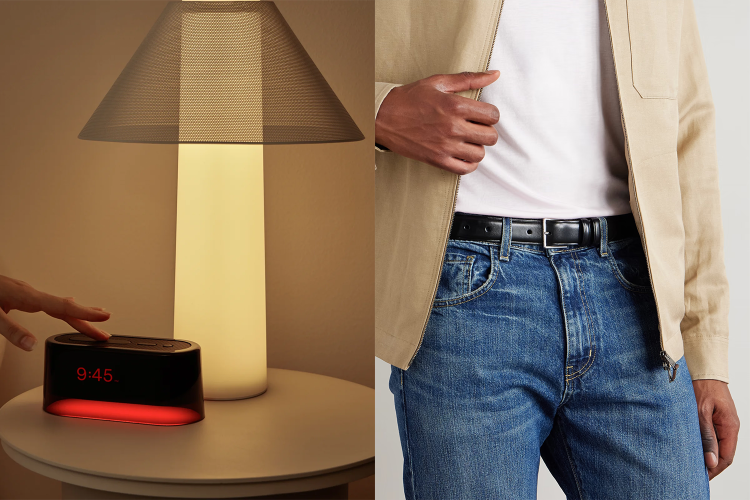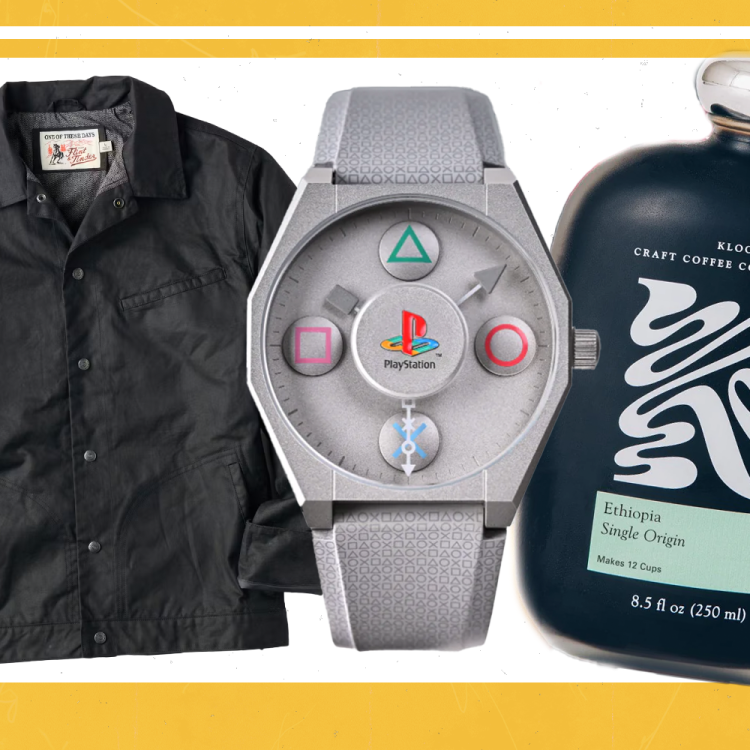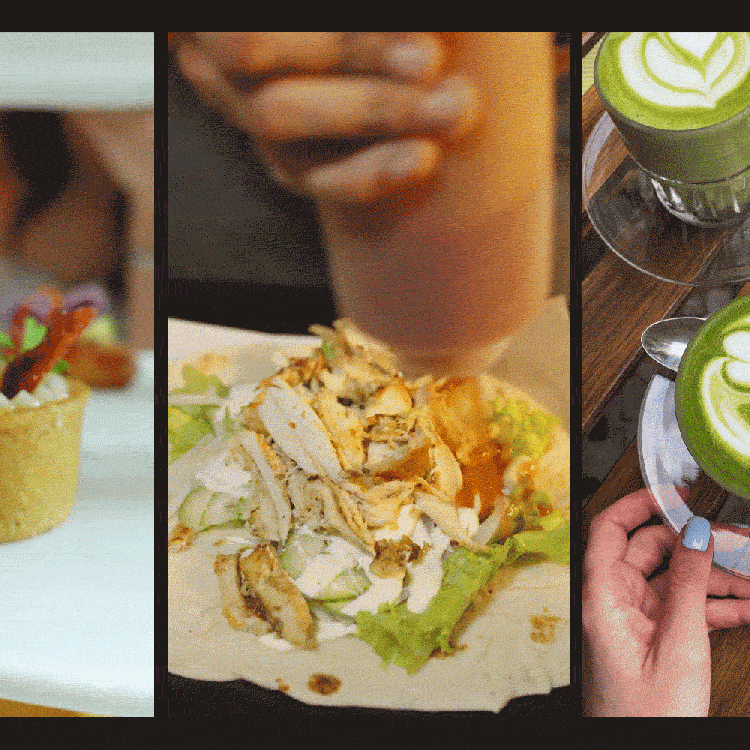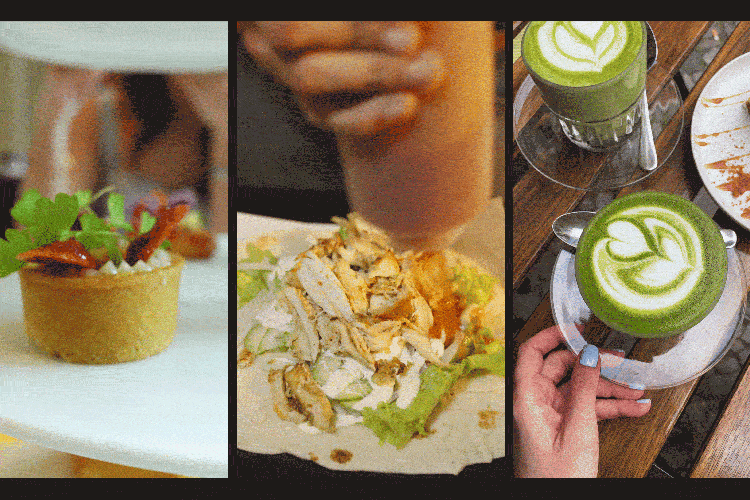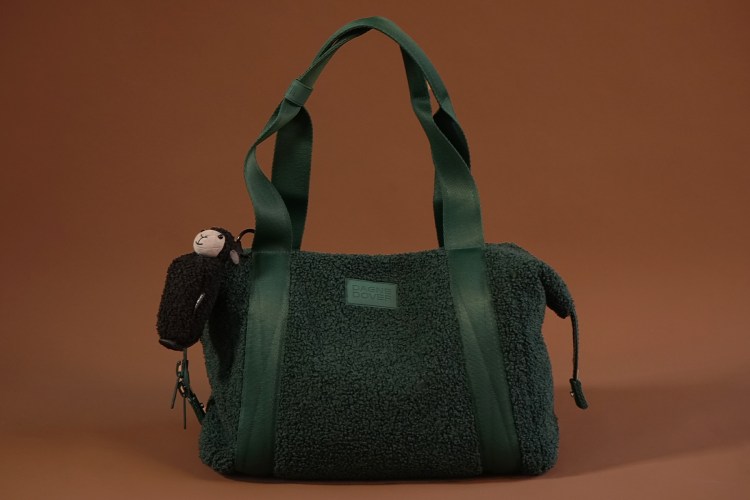
Everywhere you go, there are snaking lines that never seem to move. By the time you get to the front, you feel like you’ve wasted 20 lifetimes, particularly when you need to go up to the post office window on tax day. (You’re not alone in finding this waiting tremendously painful; one expert asserts that Americans waste 37 billion hours annually in lines.) But according to a mathematician, you can beat the system, if you follow his simple plan.
The New York Times recently reported on supermarkets as a prime example of this situation. Their source? Dan Meyer, chief academic officer at Desmos, who has estimated the pleasantries/checkout part of shopping for food—saying hello to the cashier, paying, bidding her a fond farewell, and wheeling your cart away—at 41 seconds per person. He then estimates it takes an average of three seconds per item. What does that mean? Queuing up behind throngs of shoppers with only a few items is a bad idea.
Come again? Well, if you get behind a nice old lady with 50 items, she’s expected to take a total of 191 seconds. (Just over three minutes.) But if you choose the line of seven people with five items each—that’s 35 total items—you can expect to be there for 392 seconds, about seven and a half minutes. Why? Because so much time is wasted in the transition from customer to customer. Game, set, match.
The New York Times recently polled some other experts in the queuing up field and found out a few additional juicy tidbits: female cashiers are more expeditious; people with a mess of different items will take longer to ring up; and avoid lines that snake around corners—like the ones in New York City’s Whole Foods or Trader Joe’s near Union Square—at all costs.
To read the Times‘ full story, click here.
Every Thursday, our resident experts see to it that you’re up to date on the latest from the world of drinks. Trend reports, bottle reviews, cocktail recipes and more. Sign up for THE SPILL now.





